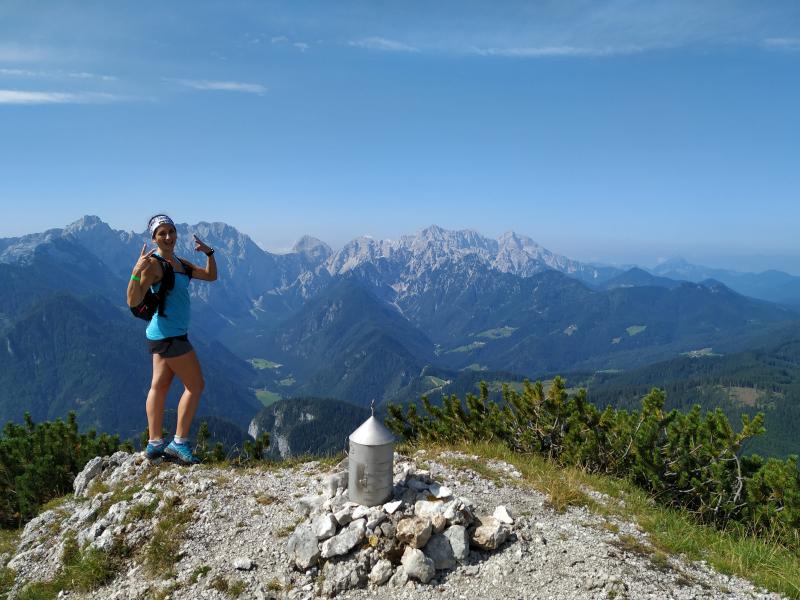Czick on the road / / Minimalist Trekking: How to Pack Light Without Sacrificing Safety
Reframe Your Essentials
Minimalism doesn’t mean going without—it means redefining what’s essential. Start with the Big Three: shelter, sleep system, and backpack. Swap a traditional tent for a lightweight tarp or bivy sack. Consider a down quilt instead of a full sleeping bag, and go for a frameless pack with a weight limit that forces discipline.
Everything you bring should serve more than one purpose. A trekking pole that doubles as your tarp support. A bandana that works as a towel, sun cover, or pot-holder. If it only does one job, reconsider it.
Think in Systems, Not Items
This is where minimalism gets strategic. Don’t pack objects—pack systems.
Water? Filter + collapsible bottle = hydration system.
Food? Lightweight stove + single pot + fuel = cooking system.
Safety? Map + compass + emergency beacon = navigation and rescue system.
Systems thinking helps you visualize how your gear works together and where there’s overlap or redundancy you can eliminate.
Ditch the “What-Ifs”
“What if it rains? What if I need an extra pair of shoes? What if I get bored?” These are the questions that turn a 7kg pack into a 15kg ordeal.
Instead of prepping for every possible scenario, focus on real risks. Research weather patterns, trail difficulty, and wildlife. Train your confidence—not just your legs. Experience often fills the gap where overpacking begins.
And remember: discomfort is not a danger. A night of mild inconvenience isn’t a failure—it’s part of the minimalist game.
Use Tech to Pack Smarter, Not Heavier
Minimalist trekkers have an unlikely ally: tech. Use a camping gear calendar daily to look up the supply requirements for the next trek day. This digital planning habit lets you adjust food, water, and clothing based on changing terrain or weather. It eliminates the guesswork—and the extra weight that comes with it.
Apps with offline trail maps, digital packing checklists, or even gear-weight calculators can also be incredibly useful—as long as they don’t encourage more gadgets than necessary.
Don’t Skimp on Safety
Going light doesn’t mean going reckless.
A minimalist first-aid kit is still a must—just stripped to the basics: blister care, a few bandages, antihistamines, antiseptic, and painkillers. Leave the snake bite kit unless you’re in Australia. And don’t leave your headlamp behind because you “don’t plan to walk in the dark.” Plans change.
Your most critical safety gear, however, is your knowledge. Know how to use a compass. Know the symptoms of dehydration. Know when to turn back.
Final Thought: Lightness Is a Mindset
True minimalist trekking starts in your head, not your pack. It’s a mindset that values simplicity, clarity, and agility over clutter. When your load is light, your senses are sharper. You notice more. You move better. And you discover a wilder kind of freedom.
So pack less. Move intentionally. And trust yourself more than your stuff. That’s the heart of minimalist trekking.
Comments
Minimalist Trekking: How to Pack Light Without Sacrificing Safety




